The vast majority of new companies fail over the long haul.
I’m not trying to bum you out or anything.
But you need to know what you’re up against.
One study says the failure rate is around 50% after five years but can reach as high as 75%, too.
Again: Don’t be discouraged. I’ve had my own million dollar mistake.
The important point is to learn from your missteps so that you can figure out what went wrong and never repeat them again.
In this article, I’ll share my experiences from successfully growing multiple million-dollar companies so that you can learn from my previous mistakes without repeating them.
We’re going to talk a lot about successfully getting your name into the marketplace because most new companies simply don’t do enough to break through obscurity.
But first, you need to make sure you’re entering the right marketplace for your business. Here’s why.
1. Get your positioning right first, then worry about distribution
Many companies fail before they even get off the ground.
Here’s what I mean.
People in software always talk about “solving their own problems” when they create something new.
But you don’t pay yourself. Your customers do!
In other words, solving your own problems is fine. But until you start solving the problems of other people, you’ll never make enough money to last.
That means you go out into the marketplace to see if the same problems or pain points resonate with what you’re thinking.
For example, I used to watch The Daily Show all the time with Jon Stewart. Now I don’t any longer.
It turns out, I’m not alone. Nearly 40% of Jon’s previous audience demographic has stopped watching, too.
It’s not that the new host is bad. He’s just different. And he wasn’t the right fit for this old, existing audience.
So before we can even talk about using strategies and tactics to scale your business, you need to make sure you’re in the right market first.
You have to be ready and primed for growth before it’s going to happen. Here’s one way to figure that out.
The first trick is to look for ‘echo chambers’ online that already have big, engaged communities. For example, just start by looking for popular blogs (because these are going to be your promotion partners later).
I just picked a random idea off the top of my head to try this out.
I literally Googled “Gluten free blog” half a second ago and here’s what popped up.
There are two awesome things to note here already. The first is the market size: 15,800,000 results!
And these are just blogs with content creators. So think about how many people are reading these sites.
The next thing is that BeyondCeliac.org is already helping to feature the biggest gluten-free bloggers.
That means there’s a big market here, there’s an ‘infrastructure’ of leading organizations supporting it, and you already have a list of new potential promotion partners.
Now you know there’s already a market for what you have. The next trick is to figure out how you’re going to make your product or service stand out in this crowded space.
Marty Neumeier wrote a book called Zag: The Number One Strategy for High-Performance Brands in which he talks about “creating a category of one.”
Basically, the idea is to ask yourself a few key questions to make sure that you’re not going to be competing against a ton of other people with the same basic commodity (otherwise your risk of failure skyrockets).
So ask yourself:
- Is the value of your product or service easy to understand (and implement for the end user)?
- How are you going to change features, pricing, and other factors to be the only person who takes your unique spin on this problem?
- And are you supported by a trend where the market’s growing? (See that ‘echo chamber’ above.)
The Lean Canvas is one of the best ways to help figure this out.
In the early days, your ideal solution or product would evolve over time. You might think it’s going to be one thing, but it might change as you get real feedback from customers (who pay the bills).
And that’s OK.
For example, Cirque Du Soleil has become one of the biggest entertainment acts in the world over the last decade.
You can’t walk into a Las Vegas hotel without seeing one of their shows.
But when they started, they had to iterate a little to find the right formula. They obviously knew there was a huge market for live shows and a circus-like experience.
However, their innovation came in recognizing what was broken about the traditional circus and how they could change the rules of the game for themselves.
So they didn’t even bother with animals, for example, while at the same time, they added new elements like a show theme and a more refined venue.
The result was some weird cross between a circus and theater, but it worked.
There’s never a single moment that says you’ve figured it all out.
Instead, it’s a constant process during which you tweak your strategy based on feedback to continue moving in the right direction.
That helps you avoid making the same mistakes that often sink companies. They’re too stubborn to change or evolve over time, but you won’t fall into that trap.
Once you’re on the right path, you can start thinking about going for growth.
2. Start ‘piggybacking’ on other people’s platform
Moving too slowly is usually what kills new companies.
Nobody knows who you are, which means they don’t trust you yet, and they definitely aren’t searching for you by name.
So the best strategy in the early days was to simply piggyback on other people’s platforms.
Here’s what I mean.
Airbnb also started as a nobody. However, they embraced that and instead looked for places where their customers already were.
Back in those days, people still used Craigslist to find people in cities where they wanted to travel (or to offer up their own couch).
So Airbnb started by going after the people who were listing properties on Craigslist first.
They did that through a set of simple tools that would easily allow these people to also cross-post their property listings on Airbnb’s platform.
This worked well, but they still needed more. The only way to get the young company off the ground was to put their foot on the gas pedal to get more listings.
So what they did was both clever and borderline shady.
Airbnb created scrapped Craigslist contact information and then sent out mass emails to people, like this one:
The good news is that you don’t always have to do something spammy or technical to get the same results.
For example, Unbounce was a brand new company only a few years ago. They were also self-funded, so they didn’t necessarily have the same resources that some software companies have to ‘make a big splash’ when they launched.
Instead, they had to create their own news.
Co-founder Oli Gardner spent countless hours creating The Noob Guide to Online Marketing.
It contains a 15-million-pixel infographic that shows 60 different tasks in detail, along with a six-month course to help you figure out how to put all of that information into practice.
That’s pretty impressive, right?!
With something this big, your first natural inclination would be to put it on your own site so that you can receive all of the benefits.
However, that’s not what Unbounce did.
Instead, the company posted the entire thing on the Moz blog for free.
The reason was simple.
Unbounce needed attention and customers. Moz had those things.
So it was a match made in heaven.
You can replicate this same strategy almost anywhere you look.
For example, software companies will also help each other run cross-promotions or partnerships when there’s an overlap in their users.
Treehouse teaches people to code. Many of those people will freelance at some point. So Freshbooks is a perfect fit.
These can be ‘back-scratching’ relationships where no other value is traded hands. Or you could incentivize the bigger partner by giving them a cut of all the revenue that you generate through the partnership.
You can even form these same types of partnerships or platform plays and take things offline.
3. Piggyback on other people’s news, too
Almost everyone made fun of the new GAP logo when it was originally announced.
Seriously, everyone hated it:
Scrappy startup 99designs saw an opportunity and quickly took advantage.
99designs helps people crowdsource new logo designs. That way, you can get tons of different direction options as well as feedback to avoid making the same mistake as the Gap.
So it was a perfect fit!
The company created a competition on its own platform to basically help Gap design a better logo.
The competition raised a ton of awareness because they were piggybacking on something that was already in the news.
All they did was capitalize on a trending topic that led to them getting written up in tons of different places (all positive) based on some other big brand’s miscalculation.
4. Attend, organize, and volunteer at events
People like doing business in person.
It’s infinitely easier to gain someone’s trust and have a fruitful discussion around your ever-evolving positioning.
In the early days, the founders from Hakka Labs would attend local meetups to find out more about what the engineering community was interested in.
The discussions were excellent, but there was never any record of them afterward. In other words, the information and insight exchanged vanished after the event was over.
So they started recording the talks and making the audio available for users on their website.
The file would be shared with the organizers, who would then happily help share the information with all the group members.
You can then scale this approach by inviting more people to attend more events and repeat as necessary.
This approach proved so successful that they eventually expanded into hosting their own meetups. Before long, they’d built an entire conference for the same communities they were reaching.
This early traction then helped them pick up a $500k angel (after bootstrapping this entire time).
It’s the same basic platform piggybacking strategy, but you take it offline and meet people in person.
This type of strategy also helps you stick out, too.
Think about it: Everyone is sending out cold emails to get noticed.
But those are terrible! The response rate is abysmal, so why waste your effort?
Instead, do something different, like meeting people at events or sending new prospects something in the mail to get noticed.
It takes more effort, but it also helps you actually stand out and get noticed.
5. Turn early customers into word-of-mouth referrals
Did you ever have a Hotmail account?
I know I did. Almost everyone did!
That’s because Hotmail came out with the first completely free email service decades ago.
Each email you sent, however, contained a simple text link that encouraged the recipient of your email to get his or her own free account with Hotmail.
This strategy was incredibly simple, but it helped the company gain millions of users in no time.
Now, can you think of another more recent company who did something similar?
This simple little trick was single-handedly responsible for driving Dropbox’s early growth (way more than PR, SEO, or advertising did).
The best news is that there are pre-built options to help you add this same feature for almost any kind of business.
For example, ReferralCandy works with e-commerce companies to do something similar.
Every time someone helps bring in a new customer, they’ll get rewarded with a new little bonus.
I love this simple tactic because it doesn’t cost you anything.
The only time you ‘pay’ is when someone spends more money with you first.
That helps you avoid spending a ton of cash on advertising or other channels instead of reinvesting it back into hiring people, purchasing more products, and other growth-oriented expenses.
And that helps you avoid negative cash flow. Now business wants to find itself in that position.
6. Find an influencer (or become one yourself) to help increase your brand’s visibility
Influencers also have the big, pre-built audiences you need access to.
What they don’t always have, however, is money.
So tons of influencer marketplaces, like Tribe, have been popping up to help connect brands and influencers in an easy, DIY, mutually-beneficial relationship.
For example, you can go on many of these platforms and simply list your products or describe your initial campaign idea.
Then you’ll either search for the influencer or get matched with those who have a perfect audience fit.
A few hundred bucks can help you instantly get access to hundreds of thousands of followers (leading to more traffic, leads, customers, and more).
The co-founders behind Luxy Hair had the same end goal, but it simply decided to pick up a video camera and start rolling instead.
Over the course of five years (and tons of video segments), it has been able to rack up over three million subscribers.
A simple B2B example is either guest posting or even conducting a webinar for a larger brand’s audience.
For example, Kissmetrics hosts new webinars every month. So it’s constantly on the lookout for new experts who can step up and deliver excellent content.
Sure, it might require some time to prepare the content.
But otherwise, you get new brand awareness, traffic back to your own site, and new potential leads or customers.
The extra side benefit is that this also gives you credibility. Kissmetrics, in this case, is an established brand in the marketplace.
People have come to know and trust it.
So you’re also going to get the benefit of the doubt by associating your brand with theirs.
In the early days, you’re constantly short on cash. So putting out some effort and elbow grease to get attention is one of the easiest possible alternatives.
The trick with all of these strategies, though, is that you’re not asking these people for help.
Instead, you’re helping them first.
Give each of these big brands, partners, or platforms what they want or need. And you’ll get what you need, too.
Conclusion
Your success is going to come from other people in the early days.
Nobody knows who you are, why you exist, or why they would ever want what you have.
So the very first thing you need to do, before promotion, is to actually figure out what people want!
That sounds trite and simplistic, but it saves a lot of headaches and hassles down the road.
You need to make sure there’s a viable market out there before you launch your business because, down the road, many of those same people will also be your springboard to success.
You’re going to need to piggyback off of their platforms to ‘borrow’ some of the same attention they already have.
There’s no shortage of techniques to try here. But the important thing is that you figure out how to help your potential partners first.
Then they’ll be much more inclined to give you access to their eyeballs, which might result in your first few customers.
What’s your favorite example of a strategy that a big company used to become successful?




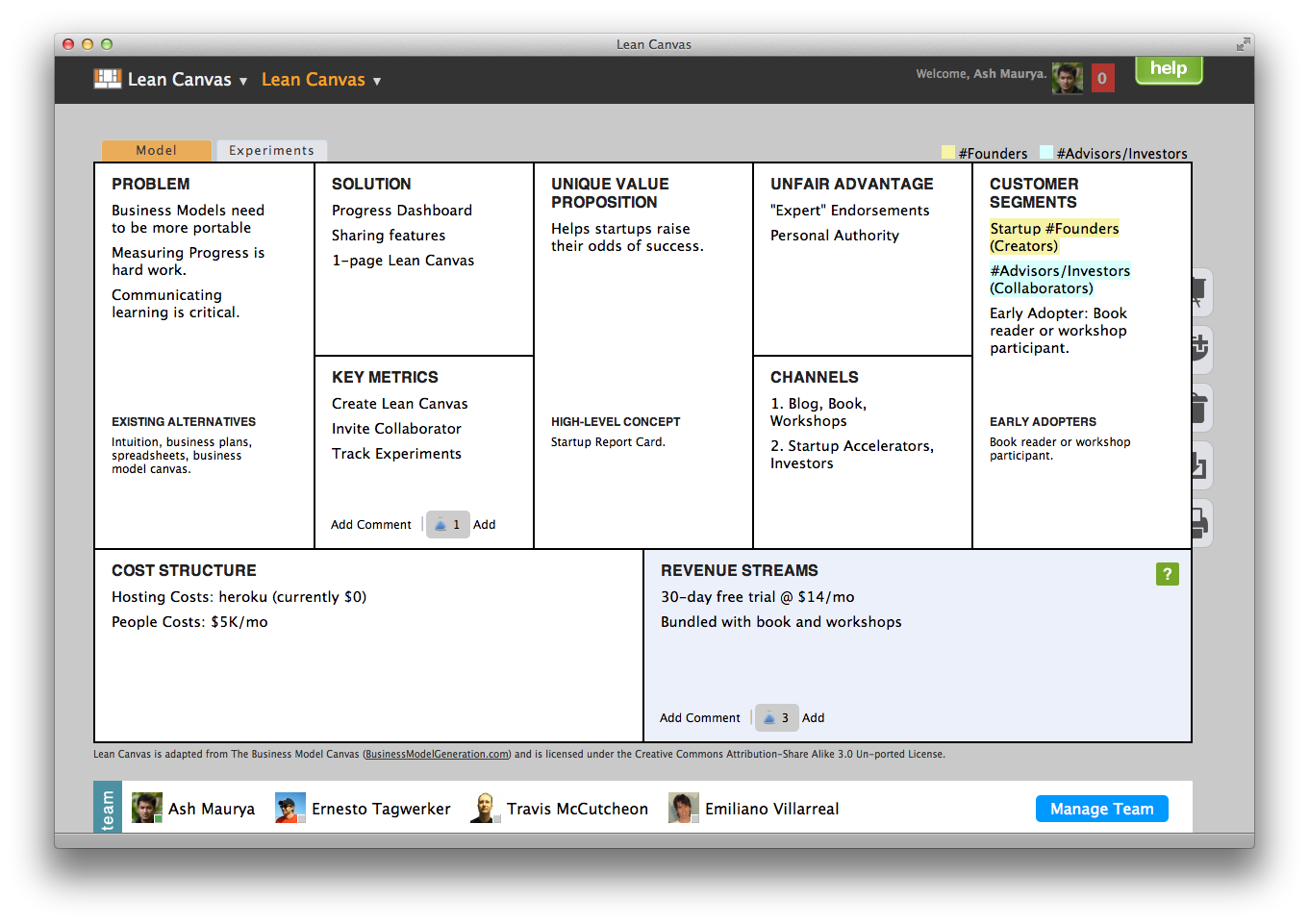
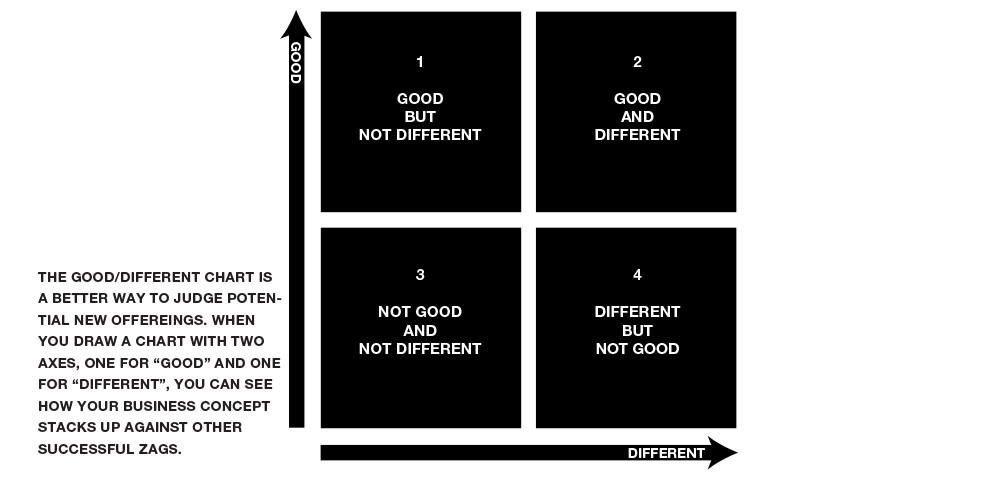

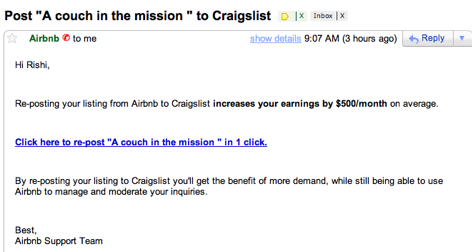
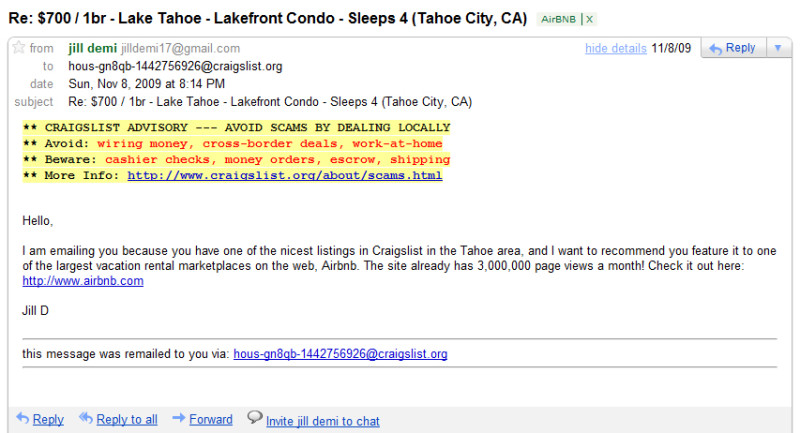


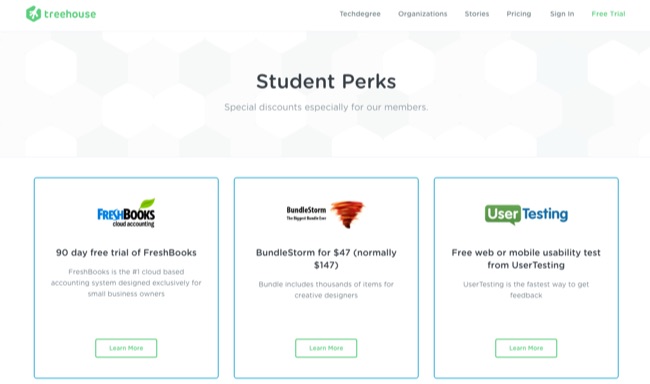



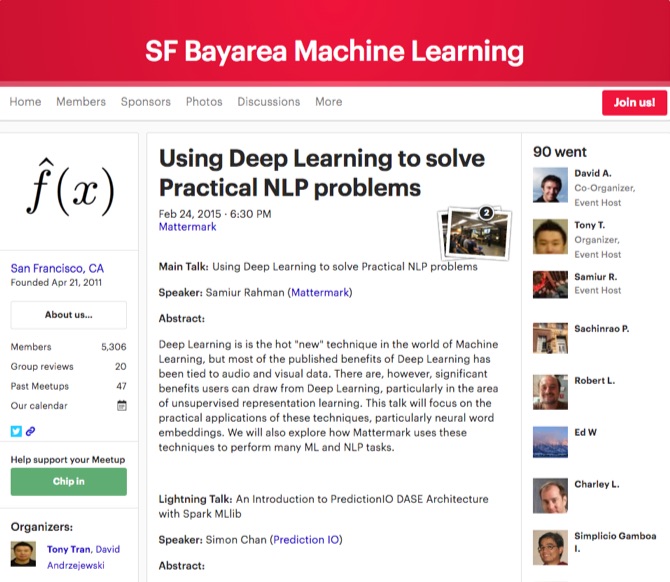



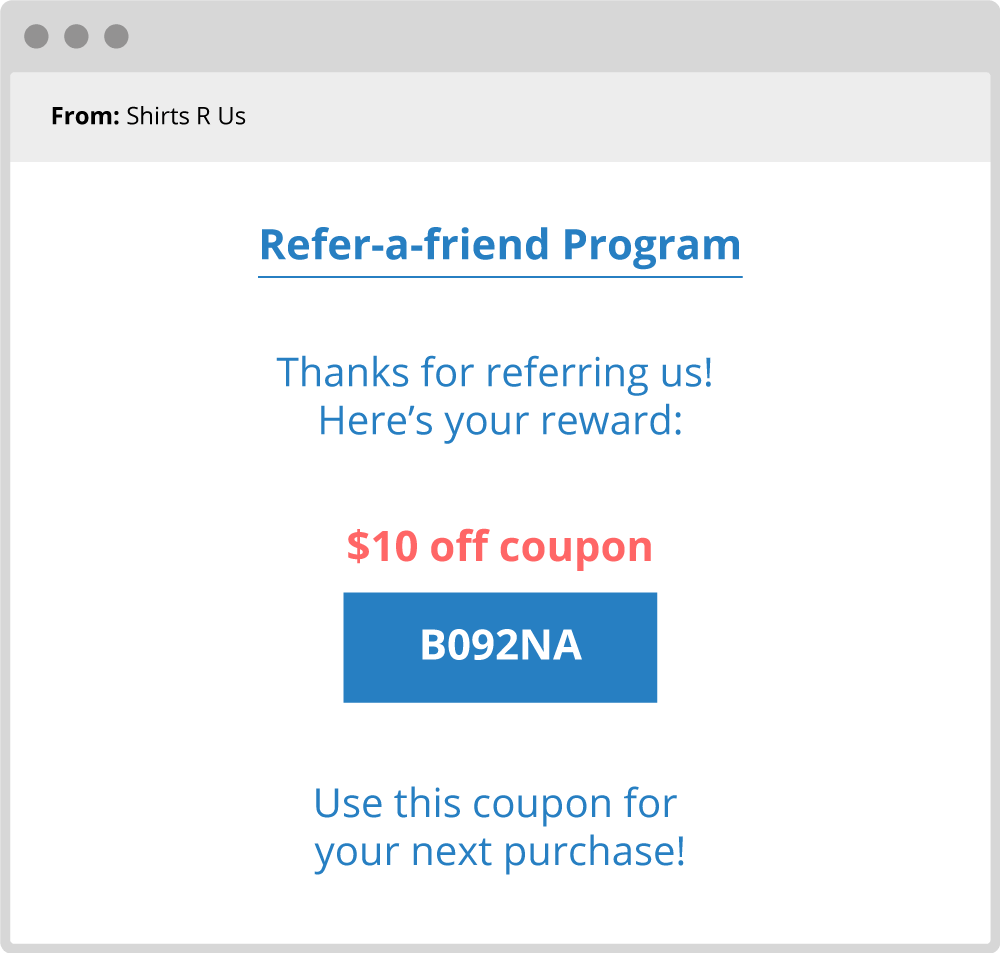



Comments (20)